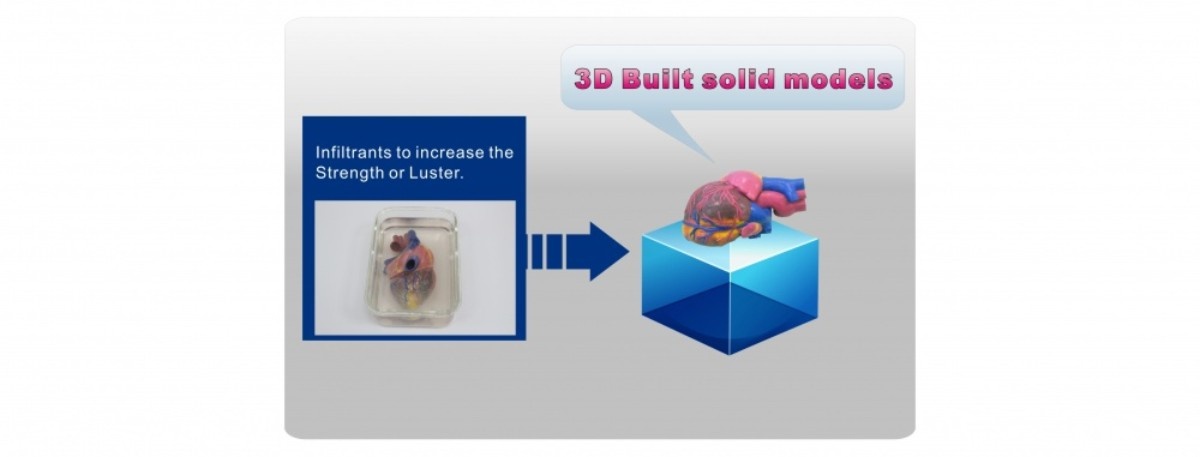
the Seven Major Types of 3D Printing Technologies
- An In-depth Exploration of the Innovative Applications of 3D Printing Across Various Industries
3D printing technology, with its unique manufacturing method, has revolutionized traditional manufacturing, offering a wide range of applications from rapid prototyping to the production of functional parts. Here are the seven major recognized types of 3D printing technologies, each based on different working principles and suitable for various application scenarios:
1. Stereolithography (SLA): Utilizes ultraviolet light beams to harden liquid photosensitive resin, suitable for creating high-precision and detailed models.
2. Digital Light Processing (DLP): Similar to SLA, but uses a more traditional light source like a projector to rapidly harden photosensitive resin, increasing manufacturing speed.
3. Selective Laser Sintering (SLS): Fuses powder materials into a solid by laser, producing complex parts without the need for support structures.
4. Fused Deposition Modeling (FDM): Heats and extrudes plastic filament layer by layer to create a three-dimensional object. This technique is simple to operate and cost-effective.
5. Multi Jet Fusion (MJF): Employs inkjet nozzles to spray binding agents while simultaneously using infrared light sources to heat the powder bed, creating more uniform and dense parts.
6. Binder Jetting (BJ): This technique sprays a binding agent onto powder material layer by layer to form an object. It is applicable to a variety of materials including metals, sand, and ceramics, especially suitable for creating colorful models and large components. https://www.cometrue3d.com/en/ac/cometrue%C2%AE-binder-jetting-cbj
7. Directed Energy Deposition (DED): Melts material with a focused energy beam (such as a laser) while simultaneously depositing it in a specific location, suitable for repairing or adding to existing parts.
These seven types of technologies demonstrate the diversity of 3D printing in terms of precision, speed, material selection, and application range. From individual rapid prototypes to the manufacturing of functional products, and even artistic creation and medical applications, 3D printing technology continues to drive innovation across various industries.
